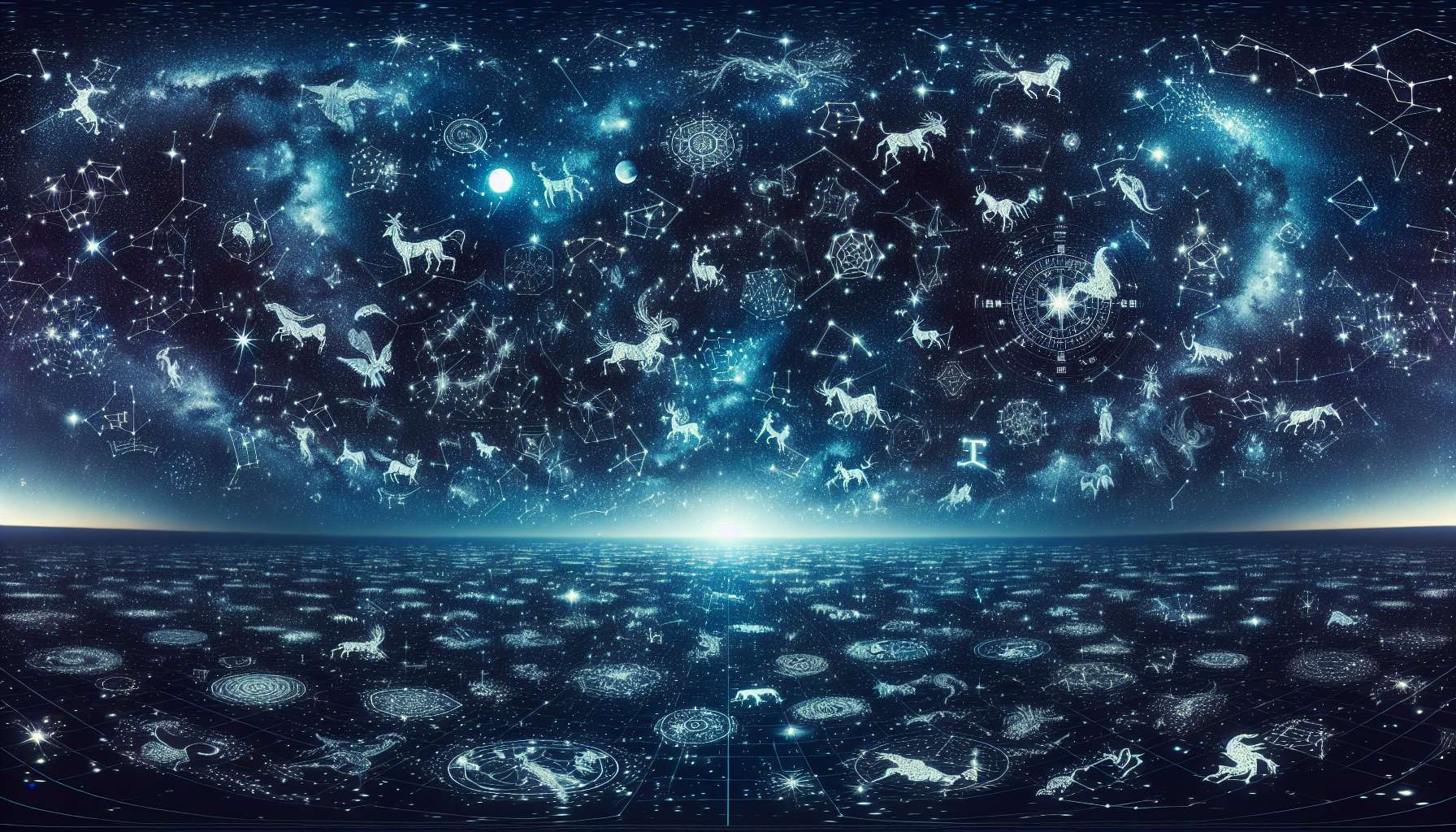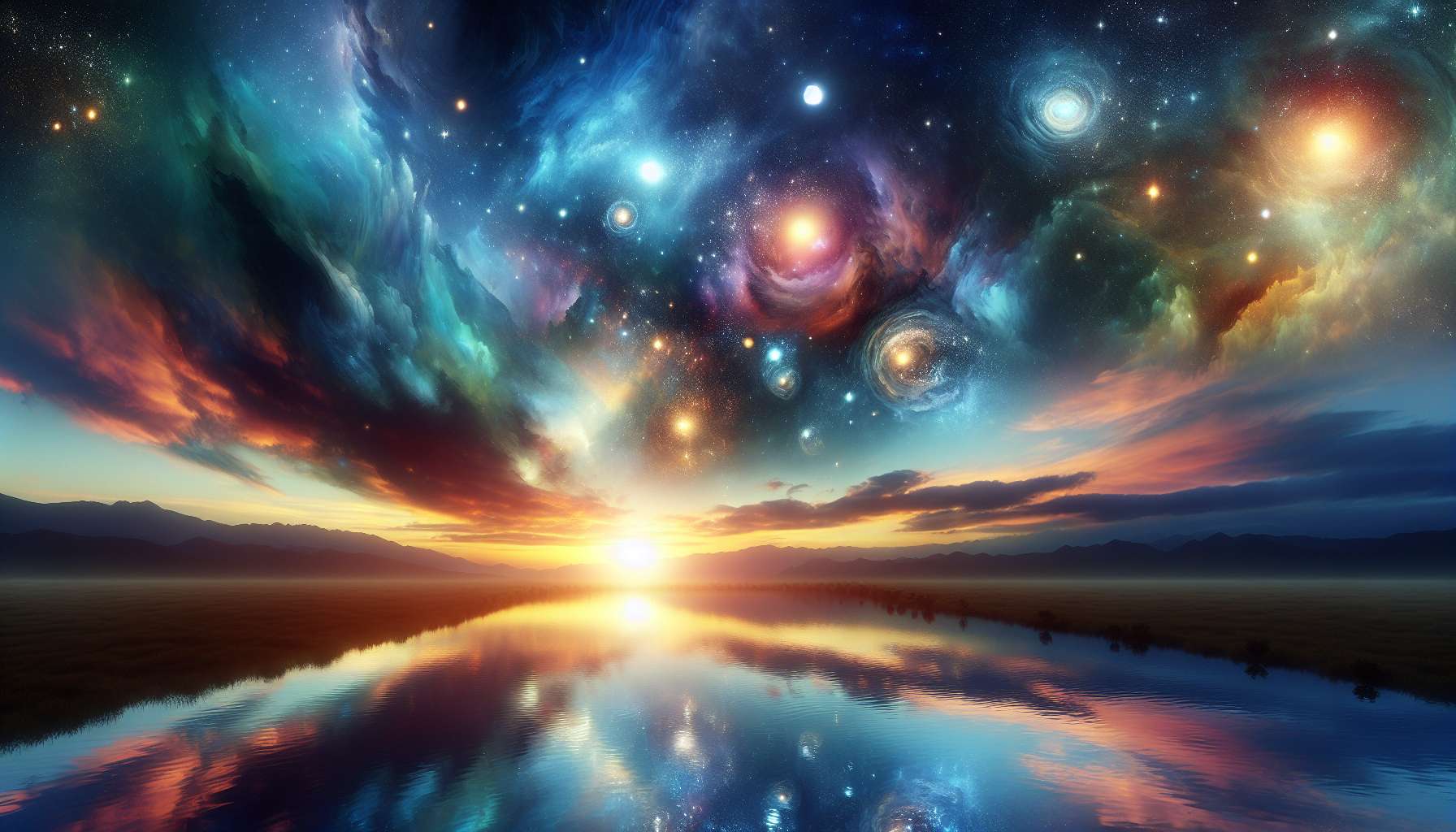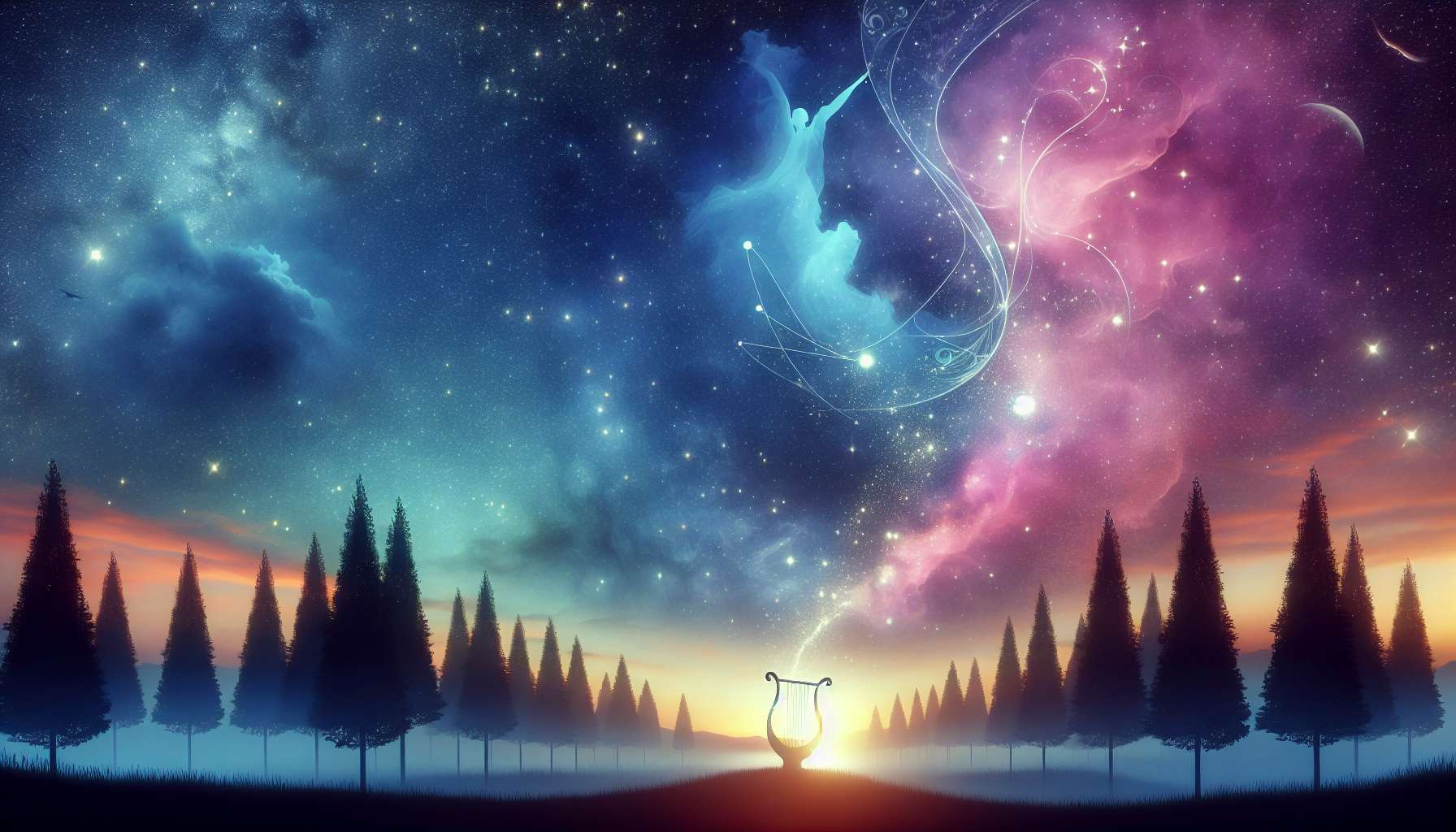Exploring Galactic Wonders in Art
Imagine gazing up at the night sky, marveling at the vast expanse of the cosmos, the twinkling stars, and the mysterious galaxies far beyond our reach. Now, envision capturing the essence of these celestial wonders on a canvas or through a sculpture, bringing the beauty and mystique of the universe into the realm of art. This intersection of science and creativity, of astronomy and artistic expression, gives rise to a fascinating genre known as ‘Galactic wonders in art’.
In this article, we will delve into the captivating world of Galactic wonders in art, exploring the ways in which artists have been inspired by the cosmos, the techniques they use to depict celestial phenomena, and the impact of these artworks on viewers. From ancient cave paintings to modern digital art, the depiction of galaxies, stars, planets, and other celestial bodies has been a source of inspiration for artists throughout history. Let’s embark on a journey through the cosmos, as seen through the eyes of the artistic imagination.
The Cosmic Connection: Art and Astronomy
From the earliest civilizations to the present day, artists have looked to the heavens for inspiration. The connection between art and astronomy is deeply rooted in human history, with ancient cultures such as the Egyptians, Greeks, and Mayans incorporating celestial motifs into their artwork. In medieval Europe, the study of the stars and planets played a central role in the creation of illuminated manuscripts and stained glass windows, which depicted astronomical phenomena in a symbolic and artistic manner.
One of the most famous examples of the cosmic connection in art is Vincent van Gogh’s masterpiece, ‘Starry Night’. Painted in 1889, this iconic work captures the swirling clouds and bright stars of the night sky above the village of Saint-Rmy-de-Provence. Van Gogh’s use of bold colors and swirling brushstrokes conveys a sense of movement and energy, reflecting his deep emotional connection to the cosmos.
The Art of Space Exploration
With the advent of space exploration in the 20th century, artists have been inspired by the images and data sent back from space missions. The iconic photographs of Earth taken by astronauts, the majestic rings of Saturn captured by the Cassini spacecraft, and the colorful nebulae observed by the Hubble Space Telescope have all served as sources of inspiration for artists seeking to capture the beauty and mystery of the universe.
One such artist is Robert McCall, known for his stunning depictions of space exploration. McCall’s paintings have been featured in NASA publications, on commemorative stamps, and in the collections of major museums around the world. His work combines a deep understanding of scientific principles with a vivid imagination, creating a vision of space that is both awe-inspiring and realistic.
From Traditional to Digital: The Evolution of Galactic Art
While traditional mediums such as painting and sculpture have long been used to depict the cosmos, the digital revolution has opened up new possibilities for artists to explore the wonders of the galaxy. Digital art allows for the creation of immersive and interactive experiences, where viewers can fly through nebulae, explore distant planets, and witness the birth of stars in real-time.
One artist pushing the boundaries of digital art is Android Jones, whose psychedelic visions of otherworldly landscapes and beings have captivated audiences around the world. Using virtual reality technology, Jones invites viewers to step into his fantastical worlds, where gravity is optional, and the laws of physics are mere suggestions. His work challenges our perceptions of reality and invites us to consider the vastness of the cosmos.
The Impact of Galactic Art on Society
Galactic wonders in art have the power to inspire, educate, and provoke thought in viewers. By depicting the beauty and complexity of the cosmos, artists can ignite a sense of wonder and curiosity in audiences of all ages. From schoolchildren learning about the planets to scientists studying the origins of the universe, art has the ability to bridge the gap between the abstract concepts of astronomy and the tangible world of emotions and imagination.
One of the key contributions of Galactic art is its ability to communicate complex scientific ideas in a visually appealing and accessible manner. By using art to depict black holes, supernovae, and other celestial phenomena, artists can help viewers grasp the scale and majesty of the universe in a way that words alone cannot convey. This visual storytelling is a powerful tool for science communication and can inspire future generations of astronomers, physicists, and artists.
Expert Opinions: The Intersection of Art and Science
According to Dr. Neil deGrasse Tyson, renowned astrophysicist and science communicator, “Art and science are not separate realms but interconnected facets of human creativity. Artists and scientists both seek to understand the mysteries of the universe, albeit through different means. By combining art and science, we can gain a deeper appreciation for the wonders of the cosmos and our place within it.”
Dr. Jill Tarter, an astronomer and co-founder of the SETI Institute, echoes this sentiment, stating, “Art has the power to transcend language and culture, connecting us to the beauty and mystery of the cosmos in a way that words cannot. Through art, we can explore the unknown, imagine the unimaginable, and inspire future generations to reach for the stars.”
Conclusion
To wrap things up, Galactic wonders in art offer a unique and captivating glimpse into the vastness and beauty of the cosmos. From ancient cave paintings to modern digital art, artists have been inspired by the wonders of the galaxy, using their creativity to bridge the gap between science and art. By exploring the intersection of art and astronomy, we can gain a deeper appreciation for the mysteries of the universe and our place within it.
As we continue to explore the cosmos through the lens of art, we are reminded of the boundless potential of human creativity and imagination. Whether gazing up at the stars or studying the latest images from space missions, let us be inspired by the Galactic wonders that surround us and strive to capture their beauty in our own unique way.




